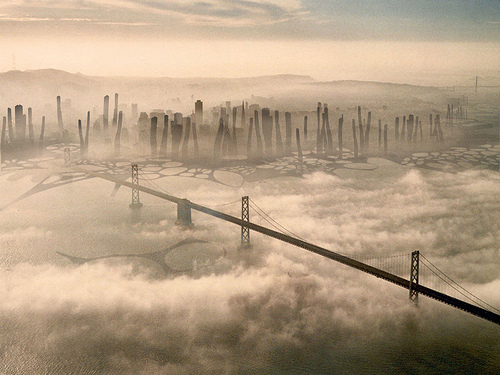 A classic Big Dumb Object is discussed in Short Sharp Science: a space elevator combined with a maglev launcher to propel prospective lunar colonists into orbit:
A classic Big Dumb Object is discussed in Short Sharp Science: a space elevator combined with a maglev launcher to propel prospective lunar colonists into orbit:
The lunar elevator doesn’t actually reach the regolith. Instead, the elevator ribbon ends 10 kilometres shy of the lunar surface so that no lunar mountain peaks hit the end, or terminus, of the orbiting elevator.
So how do astronauts make that 10 km jump to the elevator’s dangling tail? Easy: as the terminus passes overhead, they are fired in a magnetically levitated train along a track that’s been laid across the lunar plain and which gradually eases upwards to become vertical.
If they are fired at just the right time – and I wouldn’t like to be the person specifying or writing the software to do that, they are caught by some kind of robotic grappler at the terminus, which attaches the train to the ribbon.
 One of President Obama’s first actions has been to announce his intentions to build a ‘smart grid’ for the US energy infrastructure.
One of President Obama’s first actions has been to announce his intentions to build a ‘smart grid’ for the US energy infrastructure. 

